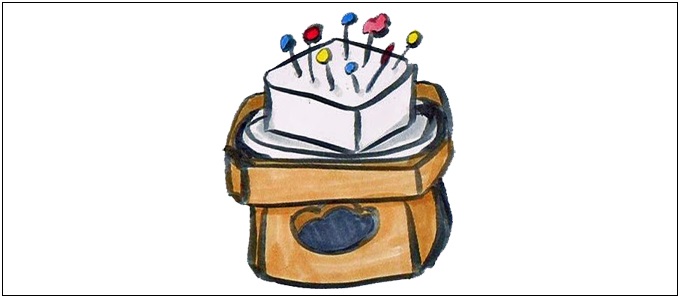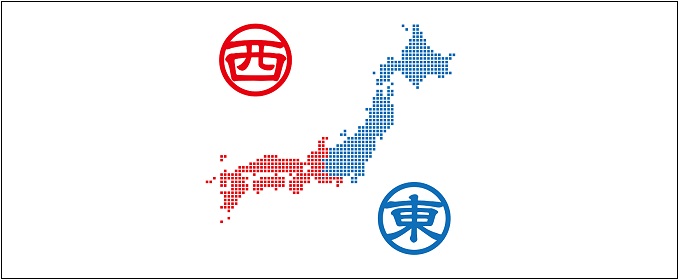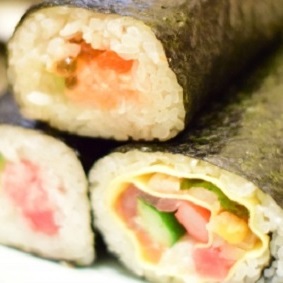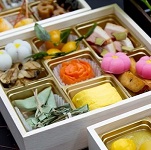- Top
- Culture
- Annual Event
- Hari-kuyo
Hari-kuyo in Japan
What is Hari-kuyo in Japan!?
Hari-kuyo is the memorial service of shrines for broken or rusty needles on February 8th. People stick the needles into soft stuff like bean curd or Konjac jelly with appreciating.
They think the needles should take a rest in soft stuff before throwing away. Bean curd and Konjac jelly also means offerings for needles and shrines. People in some region eat boiled dishes consiting them and potato or radish or carrot.

It is said that this custom started in Edo period(1603-1867) for praying not only to thank needles but also to be good at sewing. Sewing was one of the women's main occupations then, many women did this custom every year. Some of them believed to become beautiful fair skinned women by this custom.
Awashima Shrine which enshrines Awashima God in Wakayama prefecture of the west of Japan is famous for this custom. Awashima Gannin who was a priest of this God spread this custom all over Japan with making a pilgrimage around several regions. In the east of Japan, Sensoji temple is famous for this custom. This temple has the hall called Awashima-do for this custom.

Hari-kuyo is held on February 8th in the east of Japan, but it is held on December 8th in the west of Japan. These days are Koto-hajime and Koto-osame. The former is the good day for beginning something, the latter is the good day for finishing something. The former is on December 8th, the latter is on February 8th in the east of Japan. These are switched in the west of Japan.
Nowadays, Hari-kuyo is now going out of date because people don't sew something much. You should experience traditional custom Hari-kuyo before it is too late if you travel Japan on February 8th.

 Snow festival
Snow festival Setsubun
Setsubun Valentine's Day
Valentine's Day Osechi ryori
Osechi ryori